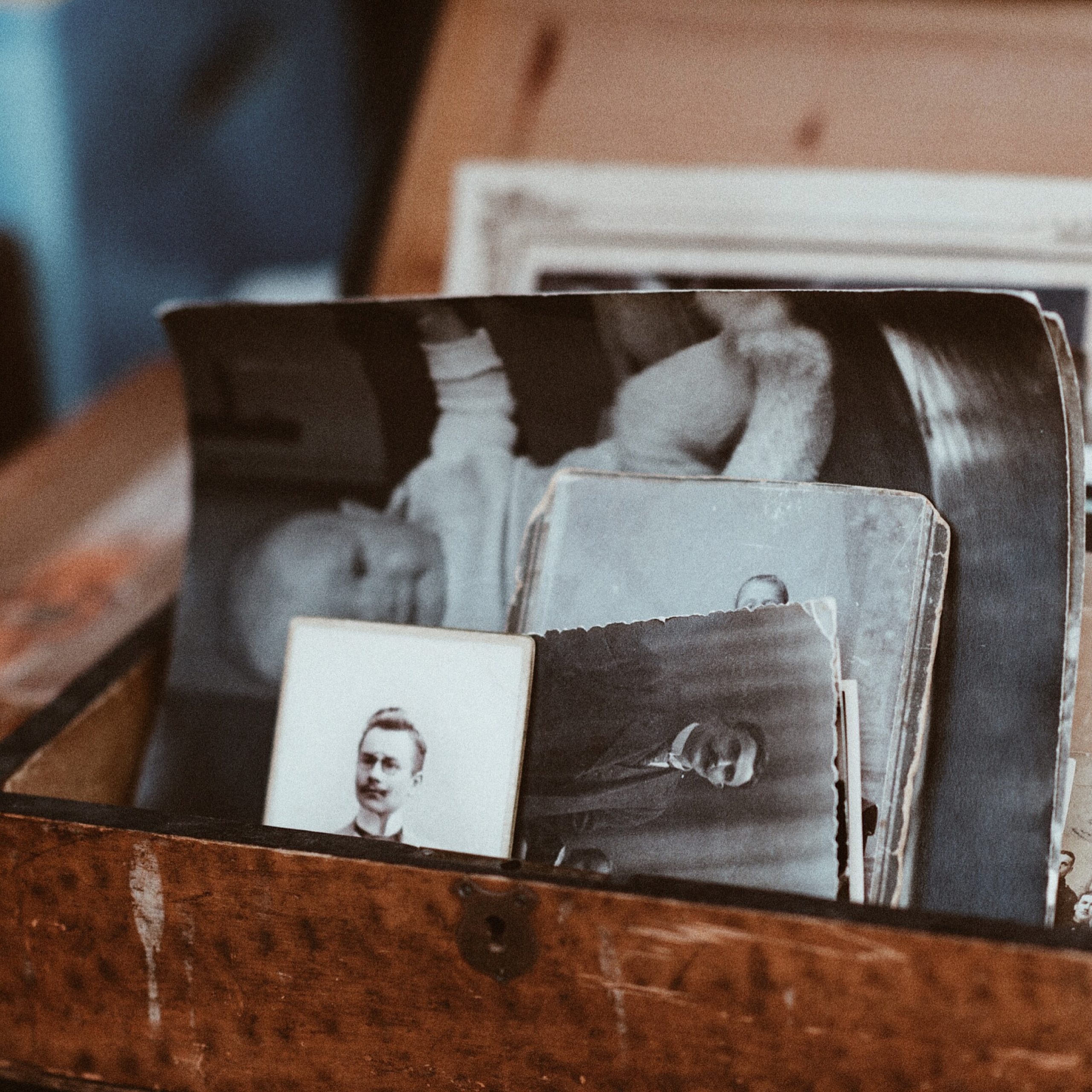Family photographs

Rhian Hutchings reminisces on family photographs, and the sentimental value they have for us in lockdown.
“Short people at the front, tall people at the back!”, a commonly used phrase for those chaotic and crowded school photographs or, in my case, the annual family photographs where there’s a collection of grins, awkward smiles, and grimaces. Most of them involve at least one person looking away, a dog or two taking centre stage and maybe a blurry finger over the lens. Despite the mishaps and disarray that is a family photo there is beauty in capturing moments in their messiest forms. The family photograph or portrait, a convention previously confined to the upper class has survived the past few centuries and has gone from expensive paintings to appearing everywhere from Instagram posts to Moonpig cards. I have spent many a lockdown afternoon retrieving the photo albums from the top shelf only to be sending amused ‘Whatsapps’ to various cousins questioning various fashion choices and facial expressions. These photographs have increased in sentimental value every year, acting not only as reminders but as little jigsaw pieces adding nuance to memories of past years.
Despite the rather clichéd phrase, photos are indeed like an archive of moments frozen in time. They are brought back to life with the feelings they stir up as they’re passed round over a cup of tea, sent via a text, or put in photo frames around the house. Historically photographs, albeit stiffer and slightly more rigid in dress code, have been a means of recording things. They held records of people and families long before their artistic purpose capturing sunsets and seaside views. As the ability to capture moments and people trickled through the social classes, the sentimental value of photographs increased. Photos of children became popular in the Victorian era as the child mortality rate soared. People of the lower and middle classes could access family photographs and photographs of their children proving that they too deserved a presence in these visual history records. Queen Victoria began to photograph as many aspects of royal life as possible, a trend that has continued until today as the ease of printing and developing photos increases with the domination of the iPhone. Candid photographs have made a resurgence with the popularity of disposables and polaroid cameras. They capture the informal parts of family life as they lack the self-awareness of ten people staring at a camera showing those precious moments when we think nobody’s watching.
These photographs have increased in sentimental value every year, acting not only as reminders but as little jigsaw pieces adding nuance to memories of past years
Every family album is a plethora of stories and of people coming together. Not only is it a form of transportation but a connection between the now and the then. Despite the growing popularity and instant nature of photos I believe they continue to fulfil their original purpose, portraying a singular moment in time. These moments from the past are like a balm to for the present we cannot take photos of people together. I used to dread the moment when the camera came out and we were all made to “sit up straight and smile”, now I vow to enjoy the brief chaos for the sake of being able to relive the moment for years to come.


